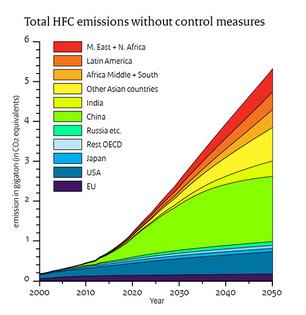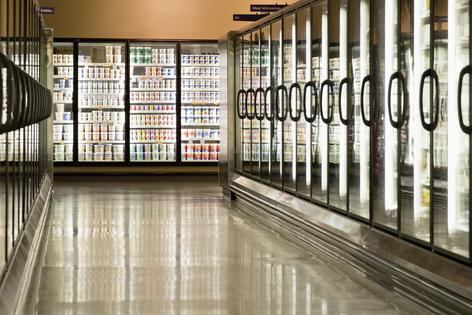US Senate ratifies treaty to phase down climate-warming HFCs from refrigerators and air conditioners – but what will replace them this time?
Published in Political News
The U.S. Senate voted to ratify an international treaty on Sept. 21, 2022, and join 137 other countries in agreeing to phase out a class of climate-warming chemicals that are widely used as coolants in refrigerators, air conditioners and heat pumps.
If you’re getting a sense of déjà vu, don’t be surprised.
These chemicals, called hydrofluorocarbons, or HFCs, were commercialized in the 1990s as a replacement for earlier refrigerants that were based on chlorofluorocarbons, or CFCs. CFCs were destroying the ozone layer high in the Earth’s atmosphere, which is essential for protecting life from the Sun’s harmful ultraviolet radiation.
HFCs are less harmful than CFCs, but they create another problem – they have a strong heat-trapping effect that is contributing to global warming.
If HFCs can be phased down globally – as many countries have agreed to do under the 2016 Kigali Amendment to the Montreal Protocol, the treaty just ratified by the U.S. Senate on a bipartisan vote – that would avoid about half a degree Celsius of temperature rise compared to preindustrial times. China, a major producer of these chemicals, ratified the amendment effective Sept. 15, 2021. And the U.S. Environmental Protection Agency finalized a rule in 2021 to cut HFCs production and imports.
Let’s take a closer look at what HFCs are and what might replace them next.
Refrigerators and air conditioning use a technology known as a heat pump. It sounds almost miraculous – heat pumps use energy to take heat out of a cold place and dump it in a warm place.
Here’s how a refrigerator works: A fluid – CFCs back in the old days, and now HFCs – circulates in the walls of the refrigerator, absorbing the ambient heat to keep the fridge cooled down. As that liquid absorbs the heat, it evaporates. The resulting vapor is pumped to the coils on the back of the refrigerator, where it is condensed back to a liquid under pressure. In the process, the heat that was absorbed from inside the fridge is released into the surrounding room.
Air conditioners and home heat pumps do the same thing: they use electric-powered compressors and evaporators to move heat into or out of a house.
Choosing the right fluid for a refrigerator means finding a substance that can be evaporated and condensed at the right temperatures by changing the pressure on the fluid.
...continued













Comments